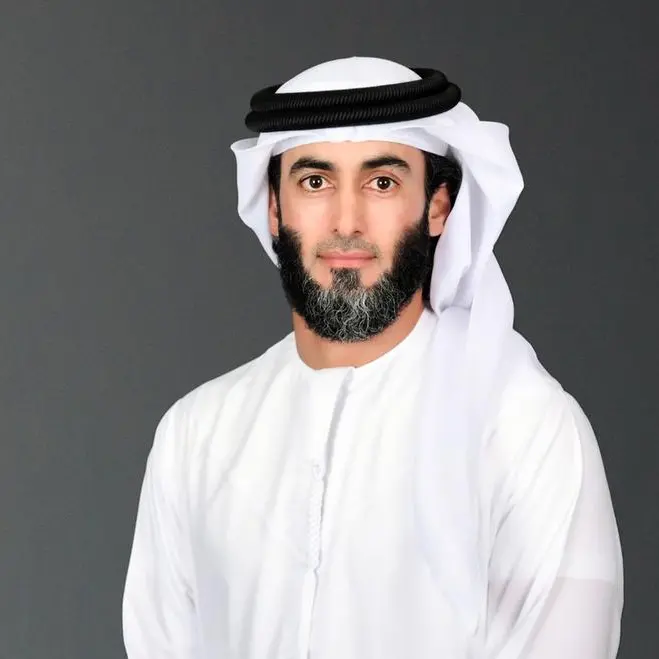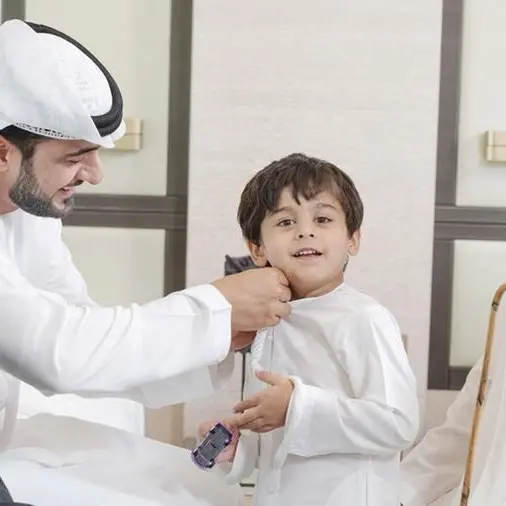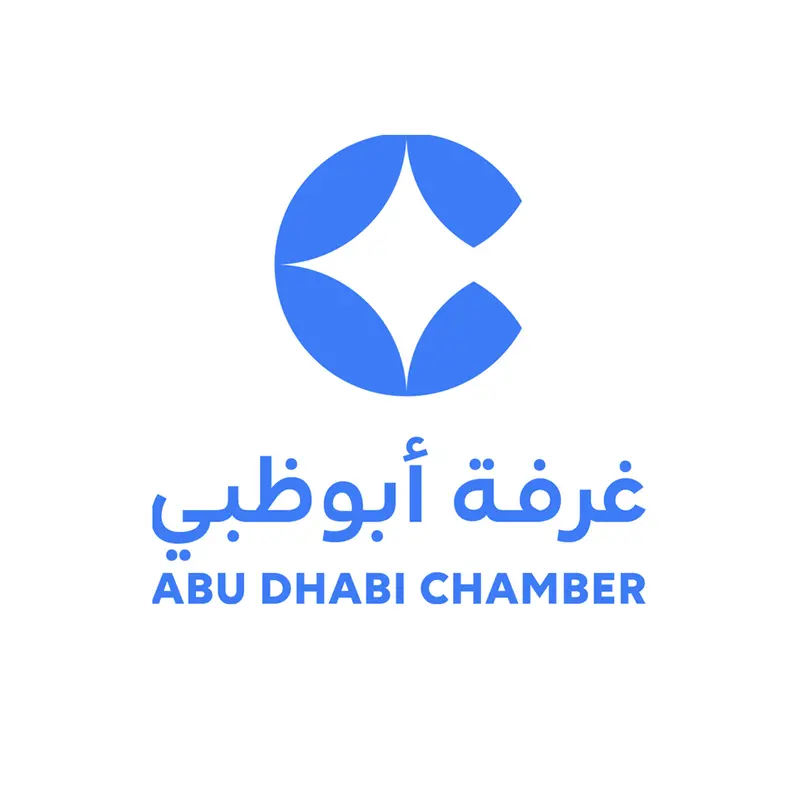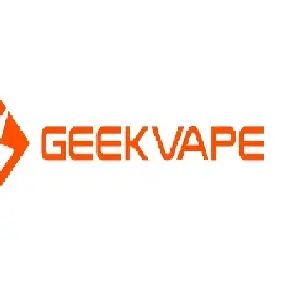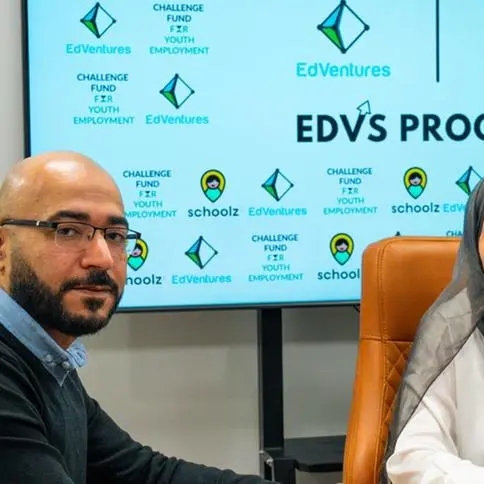Shambiko subzone is one of the sixteen subzones of the Gash Barka region. Its 37 villages and 15 administrative areas are a cluster of rich cultural and social mix. The subzone is inhabited by people who belong to five of the nine ethnic groups of Eritrea: Kunama, Nara, Tigrigna, Saho and Tigre. Gash Barka region, in general, and Shambiko subzone, in particular, are historical places in Eritrea.
According to the administrator of the subzone, Mr. Kahsay Asrat, the social services in the subzone grew after independence and again in the aftermath of the 1998 war. Data from the Ministry of Education show progress made in the education sector, with thirty schools in the subzone that include primary and high schools. And big budgets have been allocated for the development of water infrastructure, communication and transportation.
The population of Shambiko live predominantly on farming and herding and the land that has been used for farming is 21560 hectares.
One of the major priorities of the Government in social services has been the provision of healthcare services to all segments of the society by building facilities all over the country. Tangible results have been gained as developments in the healthcare system in Shambiko subzone demonstrate.
There are three health stations and one health center in Shambiko subzone. The health center, located in the town of Shambiko, was initially established in 2003 as a health station and was later upgraded. According to the data of the health center, about 27000- 51,000 people from all over the subzone get health care services from the center. Mr. Okbay Zayd, head of the health center in Shambiko, said the health system in the subzone works on prevention and treatment. Preventions are done by vaccinating mothers and children, eliminating harmful practices such as open defecation and female genital mutilation and adopting healthy and hygienic lifestyles. During rainy seasons, the health sector ensures the prevention of malaria by promoting the use of mosquito nets and covering cesspools.
Healthcare facilities in the subzone give treatment to patients who have ailments that can be treated there while others are referred to Barentu Regional Hospital. In addition to malaria in summer, diarrhea, flu and common cold in autumn and snake bites, the most pervasive diseases in Shambiko subzone are communicable and health problems caused by animals. Given the frequency of snake bites, venoms are some of the most consumed medicines in the area. Diarrhea has significantly decreased in frequency which shows the positive outcome of the campaigns on hygiene. To give effective services, the health system in Shambqo is equipped with centers for OPD, delivery, inpatient and outpatient services, a TB diagnosis and treatment center, a laboratory and a pharmacy.
The distribution rate of polio vaccine has reached 96.6% in 2020. The health center works on promoting family planning in communities. So far, 353 families have adopted family planning techniques provided by the Ministry of Health (MoH) in the subzone. There has been an increase in the number of pregnant women that seek professional help to deliver and stay in the waiting rooms for the pregnant. In addition to the common healthcare services given by many centers, Shambiko health center has an optical center equipped to operate on common optical problems.
Recently, the health center in Shambiko has added new doper and otoscopes to its diagnostic and treatment capacity. The health sector also works to upgrade its staff both in quality and quantity as demonstrated in the continuous workshops and training programs organized in Barentu and Shambiko.
Mr. Okbay claims that in the past two years the health care services have shown major progress in Shambiko with 35 barefoot doctors dispatched to out-of-reach areas on top of the professional staff in the health sector of the subzone. He also said that apart from Malaria, TB, Flu, and other respiratory problems, the major health problems that are addressed are animal-related such as snake bites and Brucellosis.
Mr. Okbay underlined that migratory diseases such as diarrhea need a constant inspection. “We constantly conduct information campaigns on any new and preexisting health issues and though I cannot say that we have gotten through with the problems of lack of awareness, I can assure you that we have come a long way to controlling the common diseases to a measurable degree. Nevertheless, FGM, underage marriage and measures needed to avoid snake bites require a lot of efforts.”
Mr. Kahsay Asrat
In addition to the healthcare system in the subzone, there is a committee that deals with issues regarding underage marriage and FGM and works closely with the MoH in the subzone and the local government. Mr. Okbay added that bringing about behavioral change and efforts to uproot long-held cultural practices take time and require working patiently and relentlessly.
The Shambqo health center plans to monitor and combat issues related to malnutrition consistently. Mr. Okbay says that malnutrition is closely watched and remedied by providing the population with proper support nutrients of those underweight.
The geographic location of Shambqo subzone exposes it to some animal and human migrant diseases. As it shares a border with Ethiopia, the threat of Covid-19 has put the subzone in a critical position. To mitigate the problem, two Covid-19 testing stations were set in Shambiko. According to the data on the pandemic in the subzone, in the first few months, 568 citizens were quarantined, 16 of whom were diagnosed positive for the virus. Until August 2021, the testing stations conducted 8085 tests, and 31 tested positive. Overall, the healthcare system in the subzone has played a big role in fighting the pandemic and reducing the risks of its transmission.
Mr. Kahsay applauds the efforts of the healthcare staff in the subzone and said that the health sector has improved because of the concerted efforts of the young health professionals in the subzone. “During summer, rivers that cross the subzone pose difficulty to the people on the other half of the subzone to get access to health care. But with the work that is being done on roads, the challenges will hopefully come to an end.”
Distributed by APO Group on behalf of Ministry of Information, Eritrea.
© Press Release 2021
Disclaimer: The contents of this press release was provided from an external third party provider. This website is not responsible for, and does not control, such external content. This content is provided on an “as is” and “as available” basis and has not been edited in any way. Neither this website nor our affiliates guarantee the accuracy of or endorse the views or opinions expressed in this press release.
The press release is provided for informational purposes only. The content does not provide tax, legal or investment advice or opinion regarding the suitability, value or profitability of any particular security, portfolio or investment strategy. Neither this website nor our affiliates shall be liable for any errors or inaccuracies in the content, or for any actions taken by you in reliance thereon. You expressly agree that your use of the information within this article is at your sole risk.
To the fullest extent permitted by applicable law, this website, its parent company, its subsidiaries, its affiliates and the respective shareholders, directors, officers, employees, agents, advertisers, content providers and licensors will not be liable (jointly or severally) to you for any direct, indirect, consequential, special, incidental, punitive or exemplary damages, including without limitation, lost profits, lost savings and lost revenues, whether in negligence, tort, contract or any other theory of liability, even if the parties have been advised of the possibility or could have foreseen any such damages.

